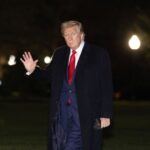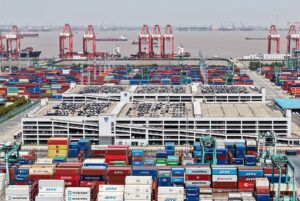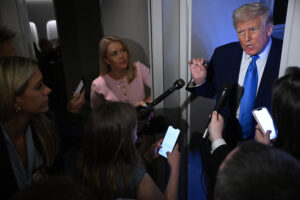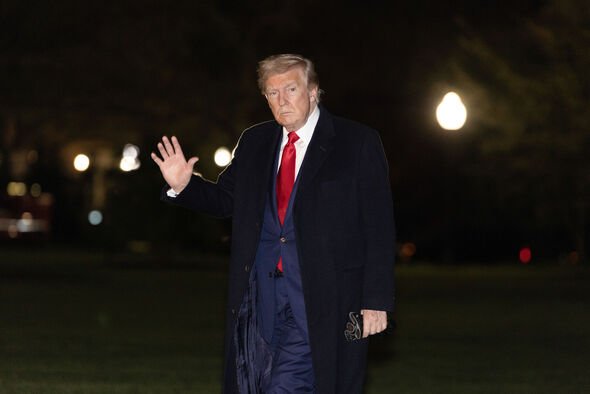Amazon – already the world’s largest internet retailer – makes headlines when it drives M&A to dominate a category like grocery. In just a few weeks since its purchase of Whole Foods closed, Amazon has made its ownership known as it cuts prices and indicates that Whole Foods will be a linchpin in its quest to lead local food delivery. 2017 is on pace to be one of Amazon’s most acquisitive years ever, with eight transactions completed at the close of Q2. 1999 remains its most active year, with 16 transactions closed, since its founding in 1994, a remarkably brief 23 years ago. The general assumption is that acquired companies will be brought under the corporate umbrella, and the existing brand will be replaced by Amazon’s powerful consumer brand. But on a closer look at a number of Amazon’s largest acquisitions, it’s clear that the highest profile ones have been given remarkable freedom to build independent brands and cultures rather than be subsumed by their powerful parent brand. Here are a just a few relevant examples. Just four years after Amazon’s launch, the still-book-focused retailer purchased the Internet Movie Database (IMDB) for $55 million. Clearly this purchase signaled the future – for folks who were paying attention. In the press release announcing the acquisition, Amazon stated it expected IMDB “to support its eventual entry into online video sales.” While it’s clear that Amazon has made relevant use of IMDB data to help build its database of knowledge about film and television properties, the IMDB site and its filmmaker-centric focus have remained largely untouched. British film fan and computer programmer Col Needham remains in place as the CEO, almost 20 years after the purchase. In 2009, Amazon acquired Zappos, the popular and quirky retail shoe site whose CEO, Tony Hsieh, was outspoken and well-known within startup tech circles. The deal was valued at a reported $1.2 billion. Most interesting, Zappos’ Hsieh clearly said that Zappos would remain “fun and a little weird” with its own culture, and stay in Las Vegas. Eight years later, Hsieh remains at the helm. A year after the sale, Hsieh wrote that the deal was “governed by a document that formally recognizes the uniqueness of Zappos’s culture and Amazon’s duty to protect it.” And despite a sometimes bumpy road as Hsieh implemented a management philosophy called “holacracy” — in which authority and decision-making are distributed through self-organizing teams rather than a management hierarchy — Amazon has remained hands-off, at least as far as anyone can tell from the outside looking in. Other transactions in which Amazon has left the consumer brands relatively untouched include Love Film in 2011, Goodreads in 2013, and Comixology in 2014 — though Comixology does now say: “An Amazon Company” in its header. But the deal that may provide further clues about Amazon’s M&A strategy is the 2014 acquisition of Twitch. Amazon paid just shy of a billion dollars for Twitch, a streaming site that then had 55 million users playing and watching others play video games — live. Google wanted the site to add to YouTube’s gaming audience, but lost out after the Twitch founders determined that they’d have more freedom and running room with Amazon. Kevin Lin, Twitch’s co-founder and COO, said that the Amazon purchase was “frightening, at least at first.” But rather than be pushed out, or subsumed, Lin is nothing but happy with his company Twitch inside of Amazon. “So far it’s been great,” Lin told CNBC. “We’re still in San Francisco. Amazon is super-excited about what we’re doing. We’re doing more and more with different teams there. So far so good.” The facts back him up. Twitch has had extraordinary growth, added offerings, and done it without scaring away its base of young, notoriously finicky users. In fact, it’s launching TwitchCon, a conference of Twitch users and fans. It seems that Amazon has extraordinary discipline — both in what it acquires and how it chooses to approach those acquisitions. The purchases for technology or data are incorporated. But when a company’s value lies in teams, culture, and community, Amazon has been able to keep the spirit of the brand intact, while bringing its own resources to grow the business. What’s next for Amazon M&A? With pressure from the executive suite looking for more traction and footprint in video, the next focus will probably be on video. No doubt there are some juicy targets in that space. So, as they say: Stay tuned.
















